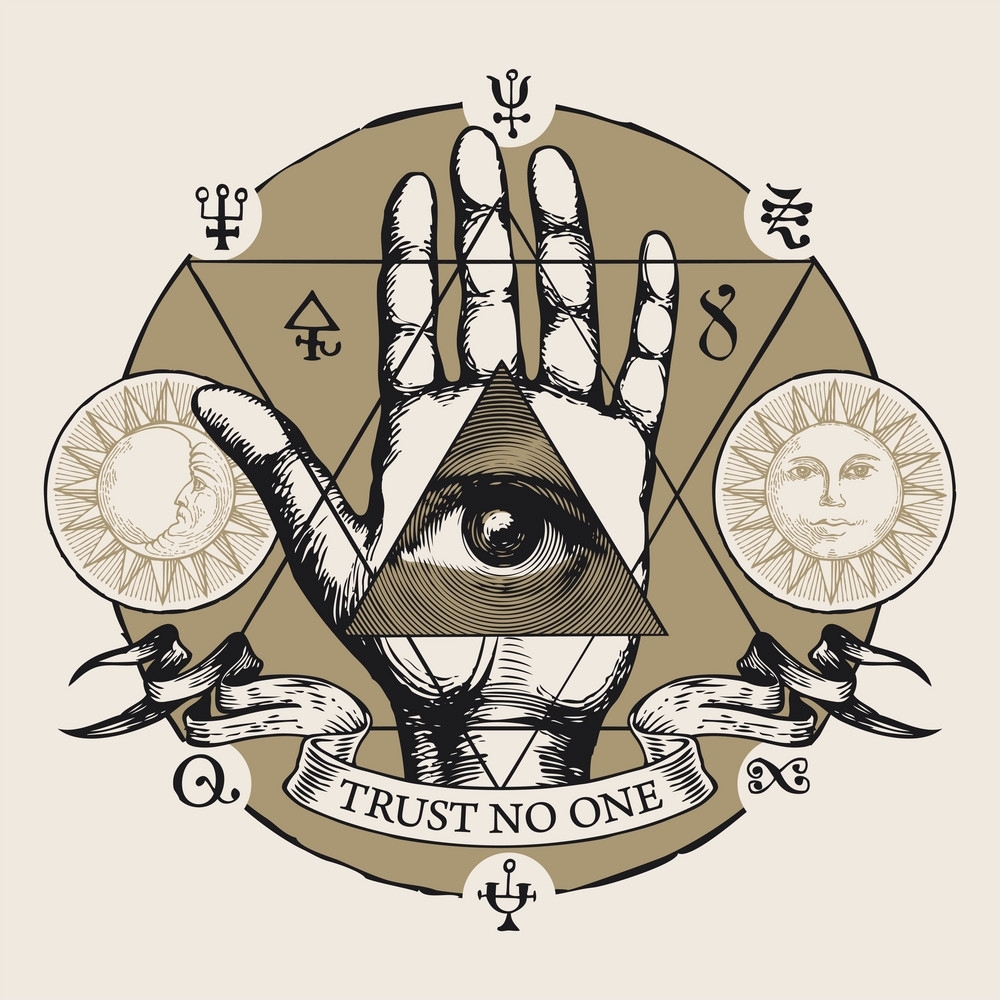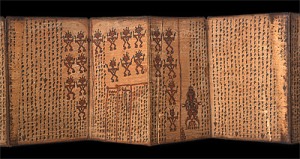At the Museum
So, last Monday, Derrick, Yi Liang and I decided to brave the thunderstorm and head to the Asian Civilisations Museum to check out the Devotion and Desire exhibits— and of course complete the NM4225 assignment (haha).
The exhibits were fascinating, and frankly it wasn’t easy to pick just one object to focus on. Eventually I picked out the Magic Bark Book (Pustaha)— an ancient manuscript that was used in Batak rituals. I chose this because of two reasons, really. Firstly, I think Indonesia is an absolutely fascinating country. This ritual book was used by the Bataks in Northern Sumatra. Perhaps because my grandfather was from Sumatra, I felt even more intrigued by the object knowing that it was a piece of history that actually directly concerned me. Secondly, because it was tucked away at the back of the exhibit hall, I figured no one else would choose the same object as I. Hahaha.
Type of Artefact
This is a Magic Bark Book— also known as a Pustaha— from the 1930s, Toba Batak, North Sumatra, Indonesia. The Pustaha is usually made from peeled bark or wood from the alim tree. Words are then carved on these sheets and bound together to form a book.
Special Qualities of the Artefact
The cover (lampak) of the Pustaha is rough and weathered as the exterior of the tree bark is used for this purpose. The book is held together with what looks like yarn. The script is entirely written in the Batak alphabet (Poda)—an archaic form of the Toba Batak dialect that is no longer used—and contains records of traditional medicine, the occult sciences, information on how to resist evil things, spells, predictions both good and bad, as well as forecasts dream. As such, the Pustaha can be divided into three main written sections: the art of preserving life, the art of destroying life and the art of fortune-telling.
Uses of the Artefact
The Pustaha has three main uses (which is also why it has three main written sections). These uses are as follows:
Protective Magic
Also known as the art of preserving life as mentioned earlier, this includes diagnosis, therapy, medicinal mixes which have magical properties, such as amulets, love charms (parmanisan) and the like.
Destructive Magic
Known as the art of destroying life, this use of the Pustaha encompasses the art of making poison, the art of controlling or utilizing the power of certain spirits, calling upon the Batak ancestral figures (pangulubalang), and the art of making magical formulas that cause a person to fall in love (dorma).
Divination
This is the art of fortune-telling, which involves oracles, the wishes of the spirits, commands from the gods and from the spirits of the ancestors, and an almanac or calendar system (porhalaan), and astrology to determine auspicious days and months to accomplish certain actions or goals.
The Pustaha was used only by Batak spiritual leaders and their disciples. The animist priests (datu) or teachers (guru) would consult the Pustaha when presented with problems. Over time, this became a ritual within the Batak community in Indonesia. During some rites, the Pustaha is sometimes unfolded and draped over the shoulder of the datu to act as an amulet.
What does the Artefact Tell Us
When this artefact was made and used, black magic was an acceptable form of art. It was the only answer the people had to whatever problems they faced. However, with the burgeoning scientific and medical technologies of today, traditional healings and divination are now clandestine activities in certain societies, and treated dismissively in others. People of today look to science for answers about the future, weapons for destruction and medicine for cures— making the Pustaha (based on its three uses as I have stated earlier) rather obsolete in today’s society.
I see this artefact as the Batak people’s connection to the spiritual world back then. The people who used it in the past believed very much in the power of the spiritual realm. They believed that this book held the answers to whatever question or problems they had.
– Lydianne Yep, At the Museum


